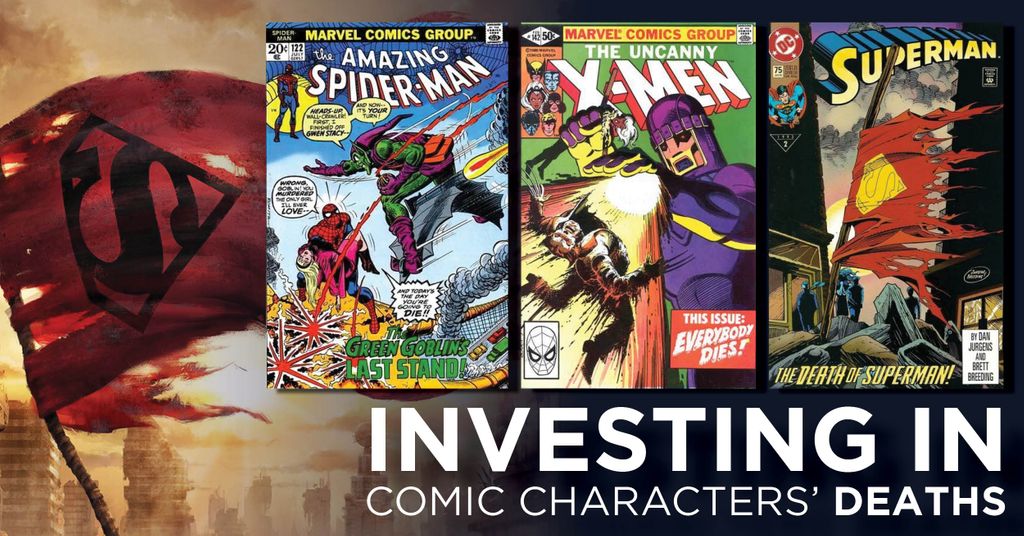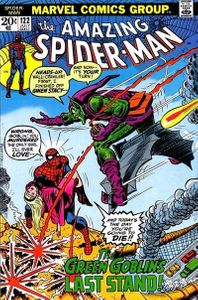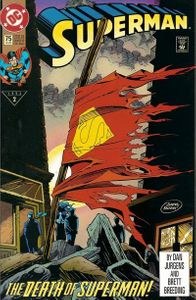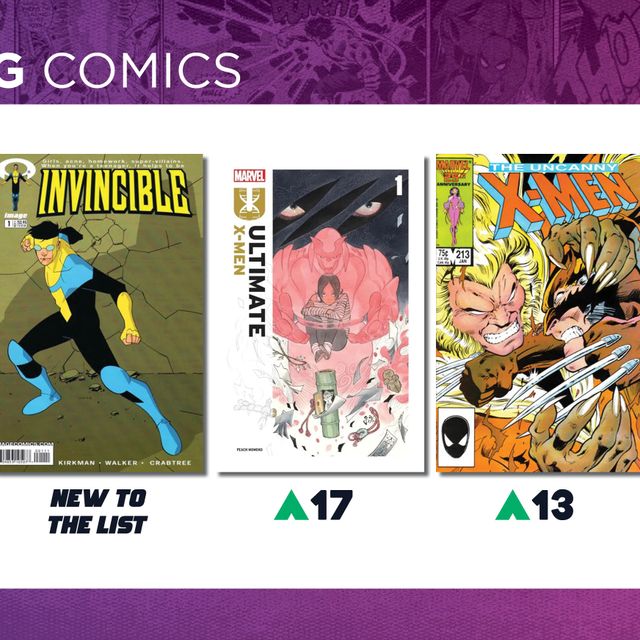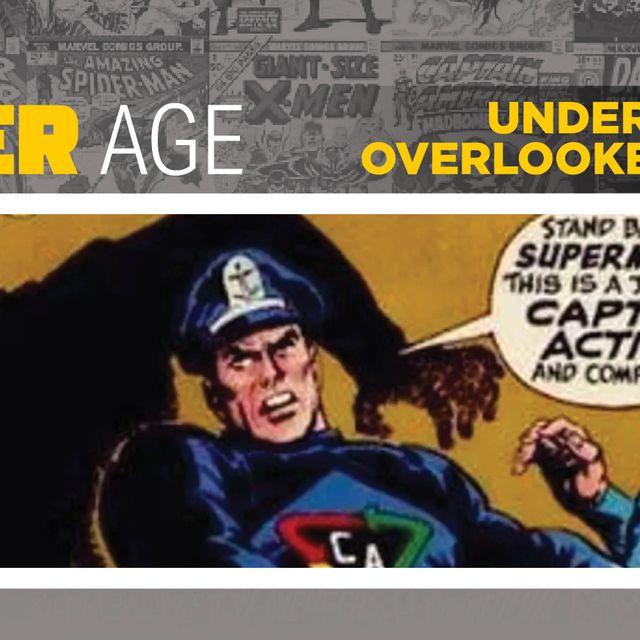Comic book collectors always seek out key moments in comic book history. These events can influence a storyline for generations. First appearances are sought after, but another key event that collectors value is the death of characters. Let's look at a few key factors when it comes to investing in a comic character's death. Comic book deaths are usually not permanent, except if you are named Uncle Ben. This transient plot device does not minimize the importance of these issues to collectors. Not all death key issues are created equally and knowing what you are looking for is the difference between succeeding and failing. Here are a few issues that collectors and investors may want to seek out in the near future.
Peter Parker- Two Deaths that Defined the Character
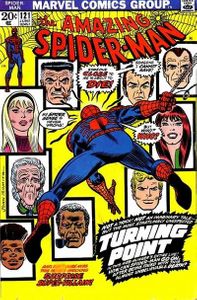
These stories touched a nerve for many readers because his heroic battles were fought while dealing with real-life issues that many readers understood. Nowhere was this most evident than in the story told in Amazing Spider-Man #121 and Amazing Spider-Man #122
The Story
Collectors forget, but this story was released during the Vietnam War. Many people during that era knew that death could come for friends and family before their time at any moment. Heroic exploits were not always enough to protect the ones we loved from suffering sad fates. Amazing Spider-Man #121 demonstrated this to young readers with the death of the innocent Gwen Stacy. Spider-Man had saved so many, but this time he could not save the woman he loved, with her dying during his valiant rescue attempt.
In Amazing Spider-Man #122 he battled the Green Goblin and watched as his greatest nemesis was killed by getting impaled on his glider. This issue was significant because it killed off the hero's greatest villain. Not many publishers would kill a character's main villain, but this was the Marvel way. This is a story that still draws up emotions for readers to this day.
Why Investors Should Care
Recent trends show that ASM #121 and ASM #122 are down in the 30-day average at the time I am writing this article (12/15/21). This dip is appearing with a lot of comic books and may be a seasonal problem. In contrast, I see the 90-day returns and I like those numbers. I am one who plans for the long term and these are books that only should rise in value with the increase in exposure of Spider-Man in our culture. In addition, Bronze Age books are being scooped up by investors and collectors in greater numbers. These are two books that are keys to the Spider-Man mythology and will be the target of collectors and investors for many years to come.
Wolverine's 1st Death- Tragically Undervalued!!!
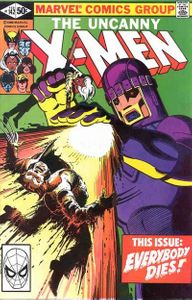
The Story
In this issue, Wolverine dies when he is detected by a Sentinel. The only trace of him after a Sentinel blast is an adamantium skeleton. Storm and Colossus die shortly thereafter in battle as well. This issue contains some of Chris Claremont's and John Byrne's finest work. The cover can be said to be now iconic since the comic's release over 40 years ago.
Readers realized this story was not a tease, but rather an actual story of the Days of Future Past timeline. This timeline has been mined for comic book and movie stories. This is a death key that transcends the comic book medium.
Why Investors Should Care
This issue is again experiencing a dip in the 30 day GoCollect tracking data. A Hake's auction just saw a 9.8 sell for $486.00!!! Most of the other copies up for sale have sold in the $500-800 range. This is very inexpensive for a classic comic book that is 40 years old. The dip is happening now, but will that dip still exist in the future when ALL X-Men keys will be in demand?
Buying now and holding till later is a good idea. You can sell it at a premium when the mutants invade the MCU. You would be wise though to hold it on even longer and have a key book that may cost you less than $500 to purchase that you can add to your comic collection investment portfolio. This is a key book for several reasons besides Wolverine's death, such as the work of Claremont and Byrne. Buy it now when the price is right!
Final Analysis
Comic book deaths rarely stick. Characters come back from the grave with such frequency that the death of a character is mocked as a publisher's method to make money. There once was a saying that only Uncle Ben, Gwen Stacy, and Bucky Barnes remain dead. Well, now two-thirds of those characters have been reborn in one form or another. As a result, comic book deaths have been made into non-keys for some collectors. The reason is that death is now seen as merely a way to make money for publishers.
Superman #75 is an example of this idea at play. Two factors need to be present for a comic book death to be a key that is worthy of investment.
First Key Death Factor
The first characteristic that will make a death worthy of investment is that the character is a memorable one. Minor characters are introduced all the time. These characters are introduced as cannon fodder for the grave in order to advance stories. Minor character deaths may be a key only if they impact a main character in a way that is impactful. Uncle Ben is one such character. The death of Karen Page is another minor character's death that impacted the main character. A death that impacts a major character is not enough. These deaths may be worthy of investment only if the second factor of our analysis is present.
Second Key Death Factor 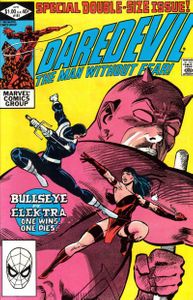
The second factor that must be present is that the story must be worthy of a death. Jack Kirby's New Gods all met their demise decades after their creation. I love these characters and even I found the story of their death to be non-memorable. The death of even a major character must be told in a story that is worthy of having that death as an element to the plot.
The death of even a minor character may be eventful if the story is compelling. I always use Daredevil #181 as an example of a storyline that made a potentially forgettable character's death a major key. Elektra had potential, but her death was told in a way that made her a major character and that issue a key book.
Afterlife: Follow the Data
Once you have documented that you have an important death of a character in a gripping story you must then look at the data. Census numbers matter! A well-hyped death may make a book investment-worthy, but the potential of that investment may be diminished because of hype. A death of a character in a book with low census numbers has a better chance of producing a good return on investment (ROI) for investors because of supply and demand.
The death of a major character in a memorable story with low census numbers is probably the biggest indicator of a book's potential. The demand will be high and with a low supply; the price will only increase.
BEWARE...Timing is Key 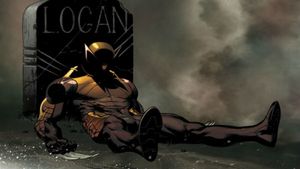
One has to watch the timing as well. Remember, in comics death is not forever. A character's re-introduction in the comic book universe can diminish the key element of the comic of their death. Watch the data and see if signs indicate that others are bailing on the book. Use the 1 year, 90 day and 30 day average to view patterns in the market.
Comic book death key issues are much more fickle than first appearances. These books can produce a good ROI, but that ROI can disappear quickly if the character is re-introduced. This is because the impact of their death has been diminished to a mere plot device. Follow the sales data to increase your odds of success. Death is not forever in comics. Neither should your ownership of death key issues if they lose their short or long-term investment appeal.

